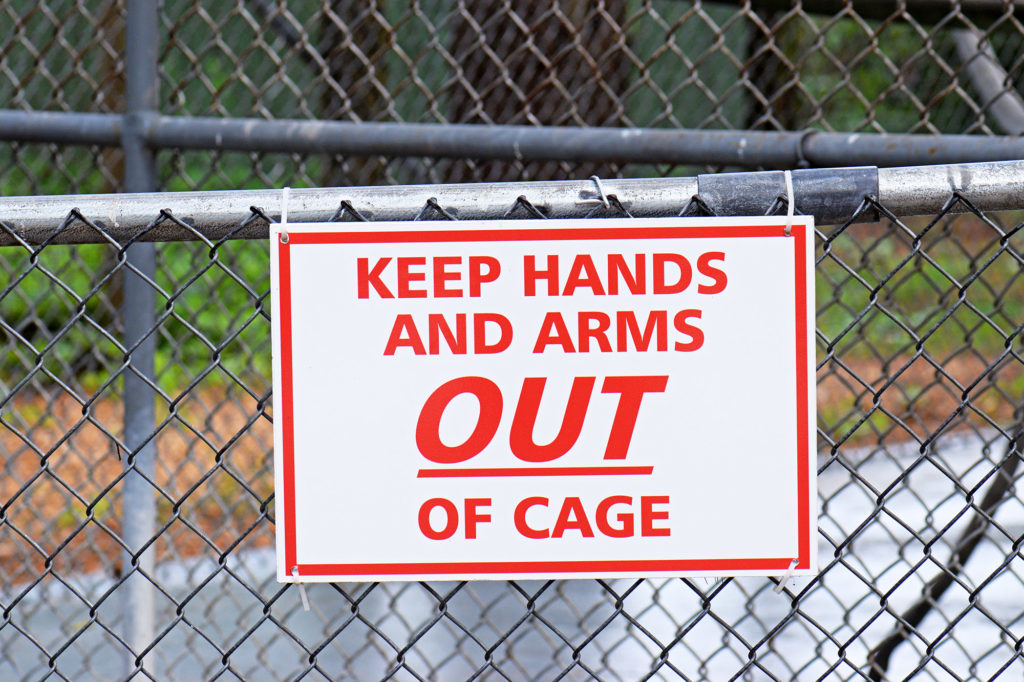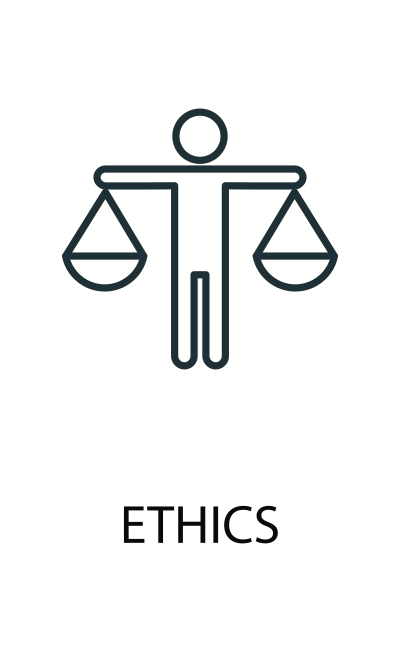
Habits & Practices Behaviors for Safe & Effective Research


Habits & Practices Objectives:
- Distinguish between a habit and practice, providing examples of how each are important in safety and science investigations.
- Define stewardship and provide examples.
- Describe the role of ethics in science.
For safety to be effective, including the safety items you are adding to your own checklist, there needs to be both habits and practices. These two sets of behaviors are critical in safe and effective research.
Habit
Something that is done regularly and routinely, often without much additional thought.
Practice
Something that need improvement through repetition and refinement. May become a habit over time.
At the start of the COVID-19 pandemic, we knew about washing hands, but had to practice the frequency, duration, area washed, most effective soap product, how to turn off the water after washing, etc. Over time hand-washing became more of a habit. Habits can slip over time and may need occasional practice to reinforce and improve.
We were going to show you habits & practices related to care of our crested gecko pair, but apparently the habit of bolting their terrarium door after mealtime needed more practice and they are now roaming the house.
So, instead, here are the guinea pigs.
Start Your 1B Media Assignment here
Safety Checklist
For this assignment you will be submitting a personalized safety checklist. This checklist will include safety protocols for the laboratory and field. You can group the procedures under different headings like “lab safety” or “outdoor safety.” You can modify the list provided on the previous safety webpage.
Also include a brief list of safety habits and practices. Things you already do regularly and things you would like to add to your safety protocol.

Include in your safety checklist:
-
Safety procedures for both indoors activities (typically labs) and outdoor activities (field work).
-
Personalized procedures for your location and equipment available. For example, if you use electrical equipment near water in your bathroom, that probably needs a line in your safety checklist.
- A brief labeled list of safety-related “habits” and “practices.”
Habits need to be broken when the risk outweighs the reward. Here is a real-world example of a “good” habit becoming problematic.
“Habits of Mind” are valued in many fields, including science. This includes curiosity, consistency, wonder, and several other characteristics that will come up in the course. One of these is serendipity, being open to new and surprising occurrences. We were trying to decide which spiders to feature in the course, and when this jumping spider showed up at the end of a video, it was an opportunity to introduce some of the most interesting animals in our environment.
Stewardship
This video defines stewardship as used in the context of environmental biology.
One way to think about stewardship is to list the aspects of nature that you value the most and consider what you are willing to do to maintain these natural resources.
There are many critical characteristics that impact how science is actually done. One of these is ethics.
ETHICS DEFINED:
Ethics is a branch of philosophy that explores whether behaviors are right or wrong. This includes determining and following a moral course of action.

Examples of Ethical Behaviors in Science
Here are a few examples of ethical behaviors:
-
Sharing research data even when it does not support the original hypothesis or overall research agenda.
-
Making decisions because they are the best work you can do, even if the work takes more time, expense, or criticism.
-
Considering the health and well-being of research subjects.
-
Supporting researchers that make correct decisions, rejecting researchers who make incorrect decisions.
Violations of Ethical Behaviors in Science
Here are a few examples of unethical behaviors
-
Inaccurate record-keeping , withholding data, or falsifying data.
-
Taking personal credit for someone else’s work.
-
Promoting a personal agenda that the research does not support.
-
Promoting a closed, hostile, or prejudicial research environment.
-
Disregarding the comfort and well-being of research subjects.

Safeguards against Unethical Behaviors:
Scientists may make personal attempts to reduce bias and/or share potential biases. Peer scientists who know about the field review research from other scientists, in part to reduce unethical behaviors in science.
Ethics can be applied to field adventures in how we treat organisms, their environment, and other people.
Next we will explore planning and safety related to field work, and meet moss.

Check your knowledge. Can you:
- Distinguish between a habit and practice, providing examples of how each are important in safety and science investigations?
- Define stewardship and provide examples?
- Describe the role of ethics in science?



